In Hindu mythology, there is a special place called Swarg. It is the home of Indra, the king of the gods. Swarg is just one of many worlds, known as Lokas, in Hindu cosmology. Swarglok is a very luxurious place where Indra, his celestial maidens, and other gods live.
Indra’s Changing Image
During ancient times, called the Vedic period, Indra was the most respected god. The Vedas, which are ancient sacred texts, describe him as a brave and courageous king who freed the earth’s waters. He was also seen as humble and balanced. However, our TV serials conform to the descriptions from later texts called the Puranas. The Puranas were written 2,000-3,000 years after the Vedas, and in them Indra is shown differently, often in a less dignified way.
Even though Indra’s image has changed, Swarglok is still a place of great wonder and is highly sought after. The word ‘swargwasi’ (resident of Swarg) is still used today to talk about the deceased.
The Coveted Swarg
Swarg has always been a desired place. Unlike other divine realms like Vaikuntha or Kailasa, Swarg has been attacked many times. For example, the demon king Ravana once captured it, and his son Meghnad defeated Indra, earning the name Indrajit (conqueror of Indra). The allure of Swarg continues; even the Pandavas, the heroes of the Mahabharata, ruled from Indraprastha, which is now New Delhi. Because of this, you could playfully call the people of Delhi ‘Swargwasis.’
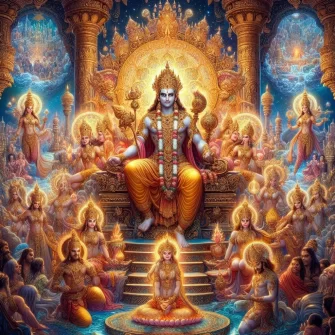
The allure of Swarg creates insecurity for its ruler, Indra. His throne is a prize many desire, much like political power in today’s world. Politicians, like Indra, fiercely defend their positions, fearing the loss of their power.
Satyavrata
Once upon a time, in the Ikshvaku dynasty, there lived a prince named Satyavrata. His life was full of contradictions. Some ancient texts, called the Puranas, describe him as a rebellious and unruly youth. They say he once stole a bride, disobeyed his father, and even killed a cow to feed a sage, or Rishi. Other texts, however, tell a different story, portraying him as pious and just.
Satyavrata had a unique and ambitious desire: he wanted to ascend to Swarg, the heaven of gods, with his mortal body. In Hindu mythology, this was strictly forbidden. Determined, he sought help from his family priest, Vashishta, but Vashishta refused. When Satyavrata threatened the priest, Vashishta’s sons cursed him. They turned him into a Chandala, an outcast, and named him Trishanku, meaning “one with three dire sins.”
A desperate Satyavrata, searched for Vashishta’s rival, Vishwamitra. For his own reasons, Vishwamitra took pity on Satyavrata. Using his yogic powers, Vishwamitra began to lift Trishanku towards Swarg in his mortal form. However, when Satyavrata reached Swarg, Indra was ready, he cast him out and pushed him back to earth. Vishwamitra, fearing an imminent death to Satyavrata, used his powers to arrest the fall.
This back an forth between Vishwamitra and Indra continued, until Satyavrata got stuck in the middle. A space suspended between heaven and earth. And thus rose the concept of ‘Trishanku – a liminal space neither here nor there.’
The concept of Trishanku has come to symbolize a state of limbo. It is often used to describe a situation like a hung parliament, where no clear majority exists, leading to shifting alliances and instability.
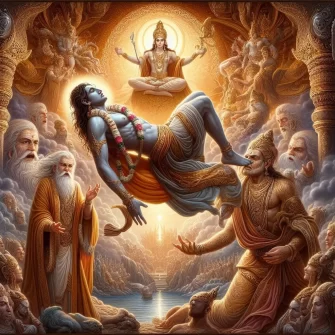
Swarg’s appeal is rooted in its luxury, beautiful celestial maidens, and the divine nectar Amrita, but its true allure lies in the power it represents. Indra’s throne is a symbol of ultimate authority over all realms. The desire for power is universal, whether it appears in spiritual, political, or social forms. Everyone wants to feel special and gain power from that feeling, whether by being the top student in class or winning an election. Phrases like “God saved me in that accident” or “God has chosen me to do this” reflect this need to feel special, implying that one is chosen and therefore powerful. This desire to feel special can drive people to extreme lengths.
Satyavrata’s ambition to be special led to him being caught between Earth and Swarg. Vishwamitra created a new Swarg for him, complete with its own gods and Indra, but it was not the real Swarg. This is similar to how influencers create their own worlds of praise. The real Swarg remains out of reach because we often cling to our material desires.
Satyavrata eventually reached his goal, but at a great cost. His quest to be unique and powerful disrupted the natural order. We must ask ourselves if the pursuit of being special is truly worth the cost. Are we willing to examine the roots of our desires
PS: Let me know if you would like to read about Harishchandra, Satyavrata’s son.

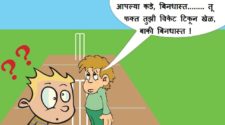







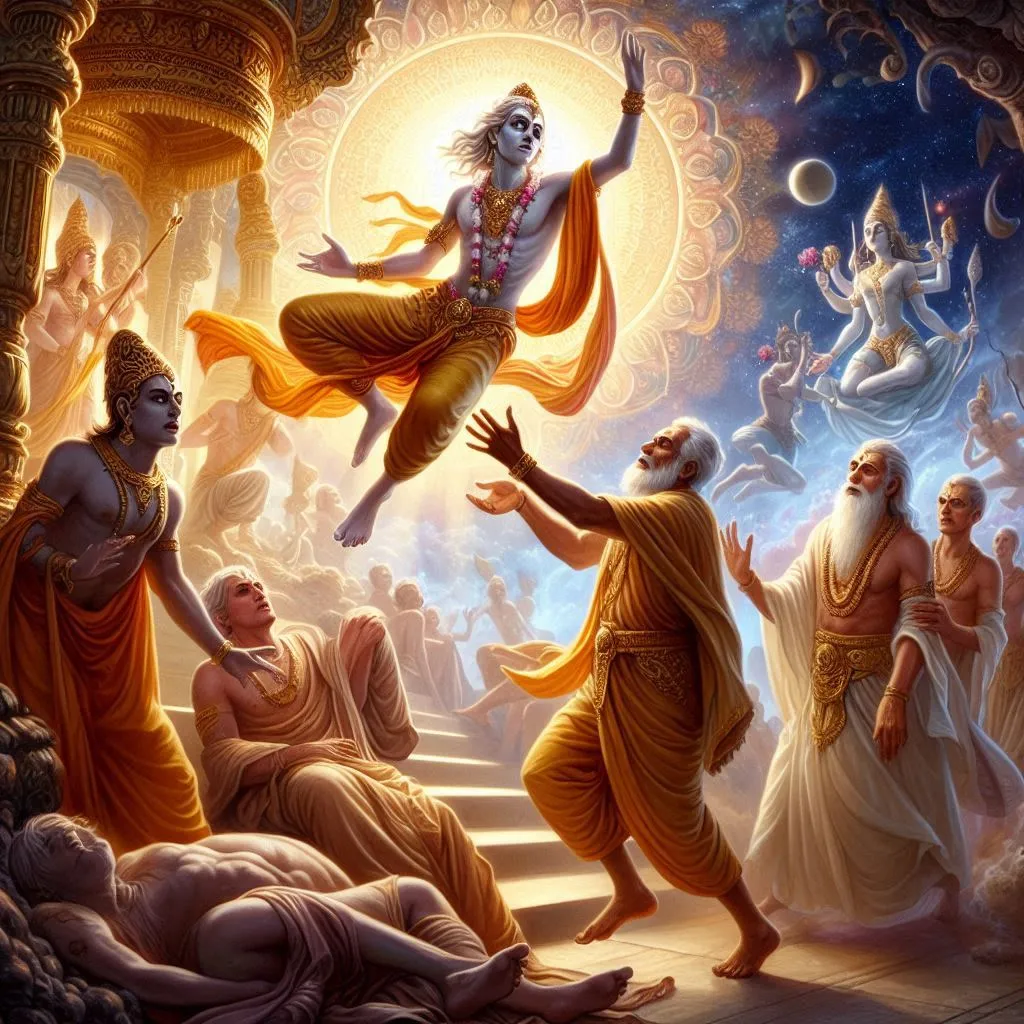
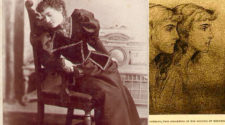

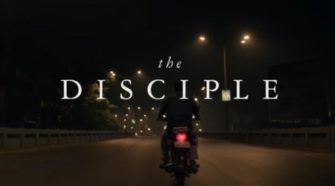
Felt short, and meandering. The story could be elaborated.
The article itself seems in a Trishanku. Does it want to stay in the mythological world and give us a story with a ‘moral of the story’ at the end or does it want to co-relate with contemporary times and draw parallels between the two. Either emphasis was missing!
In view if NEET here’s my MCA for you
A ) its all figment of your imagination
B) Jaaki Bhavana Jaisi …
C) You see what you search for
D) none of the above
To draw parallels or not your choice, mine was to sow the seed.
On serious note, I prefer readers make their own ‘conclusions’, I just point to the events. To me all of these stories , nothing is right or wrong , its just IS. What we learn from it depends on us individuals. So at times thoughts are left as trails, to be explored by others
The idea is good to have the reader reach their own conclusions. However, when I am reading and article, I want it to be a story and a point of view of the author. Then its my choice whether to agree , disagree or have an entirely new interpretation. Hence, when a story like the one on Ravan draws a clear parallel between the Ego and downfall of ego, it seems complete. This article felt incomplete in that sense. Also, why are you replying instead of the Vinaay
Hi Saumya,
Actually, it is my mistake, the article is written by ‘Dagadu,’ while uploading an image, the authorship got assigned to me. It has been corrected now
Trishanku, the aspect is interesting. What were the consequences of Trishanku on Satyavrata? and did this deter others from trying something similar, or did they find a way around this?
I have shared one version of Trishanku story, multiple Puranas give same story with slight variations. In some he reaches Swarg, in some he does not. every version has new learning on where he lands and the journey he took. Swarg has allured many after him, it still does today. the issue is ‘everyone wants to go to heaven but nobody wants to die”
Hi there, please keep up with the regularity of articles. There was a big gap in between. As for this article, like Saumya, I felt there was a lot of hinting, but nothing was getting to the point. However, I do like the way the story is unearthed. Not as a story of Satyavrata, but as a story of Swarg. Maybe you can come up with a series of Swarg articles covering its invaders, its rulers, etc
Point noted Ninand on regularity of articles. As much as I try to keep up the pace but life becomes a hindrance in living at times. I cannot outright promise you of regularity, but will do my best to keep up. Thank you for your kind words of encouragement.